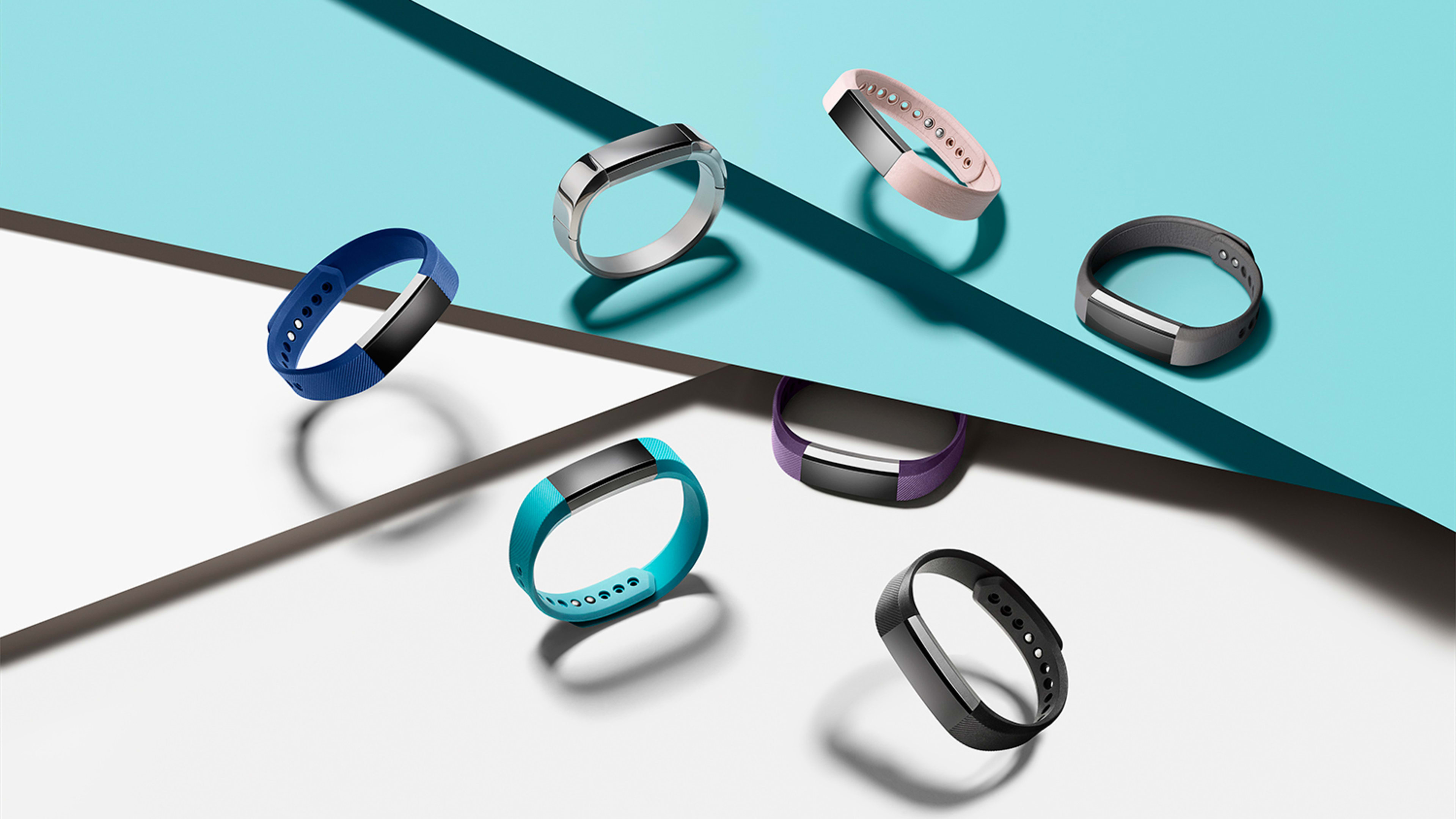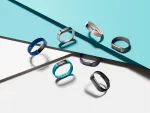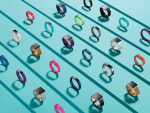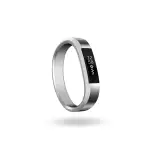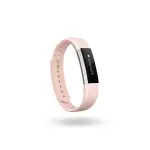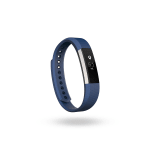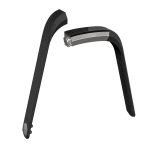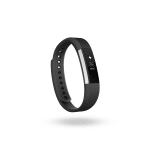More than any other company that makes fitness wearables, Fitbit’s strategy involves a whole lot of devices that, through different designs, feature sets, and price points, try to offer something for everybody. The Fitbit Blaze, for instance, which the company unveiled last month, is the the closest thing to a smartwatch that the company has announced so far, but with a focus on fitness over general-purpose apps that sets it apart from the Apple Watch and its direct competitors.
And then there’s the Fitbit Alta, which the company is announcing today. Unlike the Blaze, it doesn’t feel like it involves Fitbit edging its way into a new category. It’s just a conventional Fitbit with some new features and an emphasis on style, which is still new for the company, which has historically tended to produce devices that seemed happy with being plasticky and utilitarian.
The $130 Alta, which will ship in March, is a thin, bracelet-like band with, by historic Fitbit standards, slick industrial design. It has an OLED display that is capable not just of indicating your progress toward an exercise goal, but also showing the time, displaying notifications from your smartphone, and accomplishing other feats that can be done with a few characters of text. Coupled with the Fitbit iOS or Android app, it has a near-complete set of Fitbit features–with the exception of heart-rate monitoring–including the ability to automatically identify exercise ranging from walking to kickboxing, and track your sleep without being manually put in a special mode. Fitbit says it will run for five days on a charge.
Like other Fitbits, this one puts the screen and electronic guts into a pod that can be separated from the band. Already, Fitbit has been using that design approach to let users spiff up their wearable: The existing Flex model comes in 10 different colors and can be customized with Tory Burch accessories that costs up to $200. But Fitbit’s own optional bands for the Alta (some of which won’t be immediately available) include the fanciest ones it’s done on its own, including $60 blush pink and graphite models, a $100 stainless-steel bangle, and a “shiny gold bangle” at a price yet to be announced. Along with the more typical bands in black, blue, teal, and plum, the new choices offer the possibility of buying one Alta and dressing it down for workouts and up for the office or special occasions.
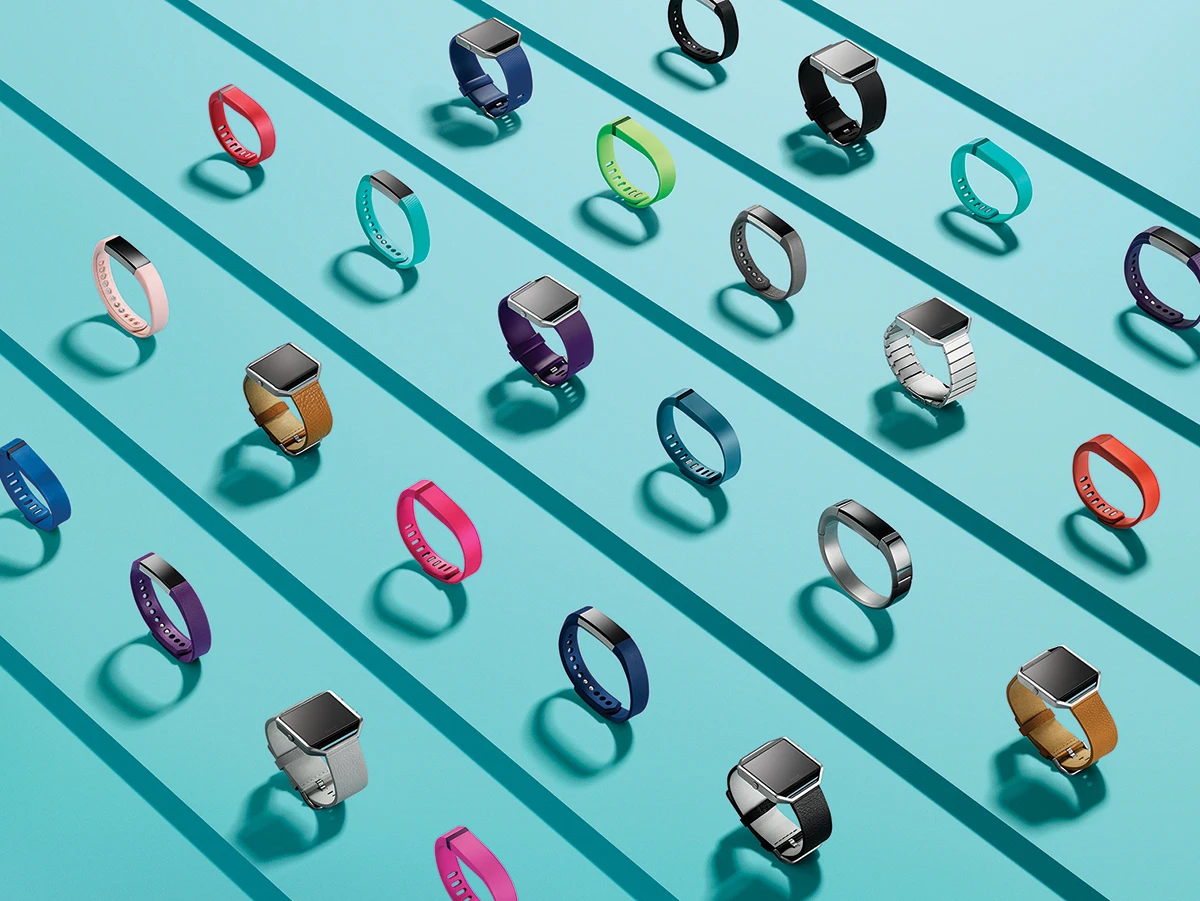
Besides the Alta, the current Fitbit models include the $200 Blaze “super watch,” the $250 Surge (another super watch with continuous heart-rate monitoring but without the Blaze’s color screen), the $150 Charge HR (with continuous heart-rate monitoring), the $100 Flex (with only a rudimentary display, but lots of color choices), the $100 One (a clip-on device directly descended from the earliest Fitbits), and the $60 Zip (a clip-on cheapie with amazing battery life). That lineup is way more diverse than the one offered by Jawbone, which offers one budget model (the Up Move) and three models (the Up2, Up3, and Up4) that are variations on a theme. Other makers of fitness trackers offer even fewer variants.
For now, Fitbit’s something-for-everybody strategy seems to be working: According to the NPD Group, it has 79% of the activity tracker market, bordering on the sort of near-monopoly territory that reminds me more of the iPod in its glory days than anything else. And NPD says that the category is still a healthy, ongoing concern that shows no signs of being wiped out by smartwatches anytime soon.
Recognize your brand's excellence by applying to this year's Brands That Matters Awards before the early-rate deadline, May 3.
